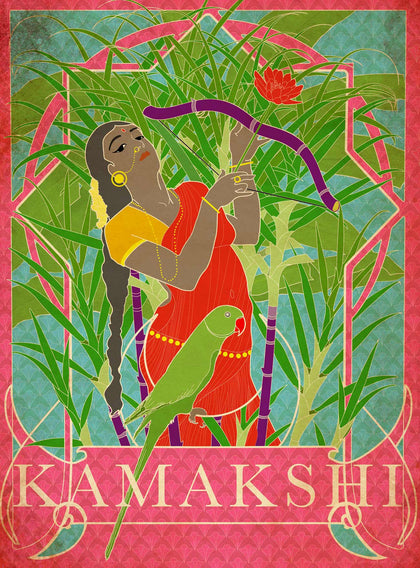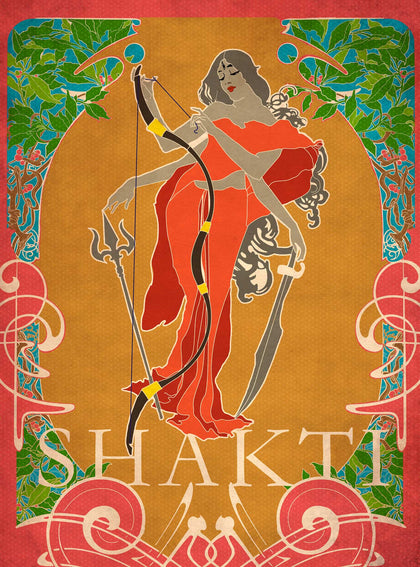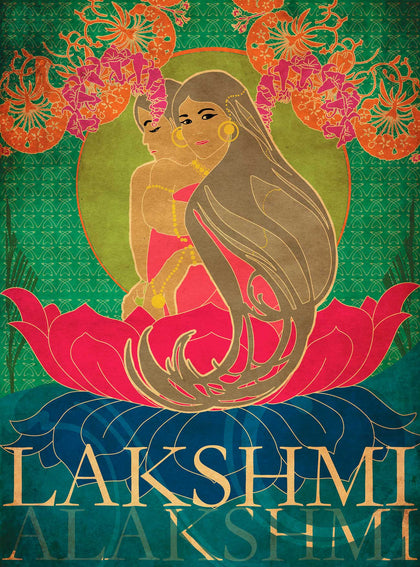Description
We begin to comprehend Sita at the end. Throughout the Ramayana, Sita is the epitome of the devoted wife - Rama’s faithful, unquestioning consort. Without reference to Rama, who Sita is in her own right is not immediately apparent. She is, of course, the daughter of King Janaka. But then we also learn she is adopted. Even her endless virtues refer to her relationship with Rama – her devotion to and patience with him. But in a thrilling denouement who and what she is becomes terrifyingly clear to all, especially to Rama, when after he demands a second trial by fire to prove her chastity, the obedient, silently suffering wife vanishes. Sita, the goddess, takes her place, was always there, but never comprehended. She is the daughter of the pagan earth goddess, Bhumi. She is the daughter of this land. And here she is depicted in her moment of truth, calling upon her mother to open her arms and swallow her, taking her back into her womb to return to her essence. What becomes clearer still is that Sita’s devotion, faith, loyalty, undying patience, strength of will were not mere abstractions, practiced by a woman exemplifying the dictates of tradition, but the gifts she gave.
About the Series:
This artwork is part of the “Sister Misfortune” series, through which the artist, Smruthi Gargi Eswar, narrates lesser-known stories from Indian mythology, while reflecting on the narrative surrounding women in our culture. Various Indian goddesses (devis) are depicted with a refreshing artistic lens.
In India, there is a constant burden on women to be “Devi-like”. Through this series, the artist attempts a reverse deification of the goddesses, making them appear like real women, in a real world. The series is an exploration not just of duality, but of multiplicity. It compels us to question our attitudes - women towards themselves, men towards women. How does the idea of a goddess coexist within every woman? How do we, as a society, so casually dismiss, disrespect, disregard, and defile in our everyday existence, those who we have bedecked with gold and enshrined in a temple?
























































































 View Full Screen
View Full Screen































































